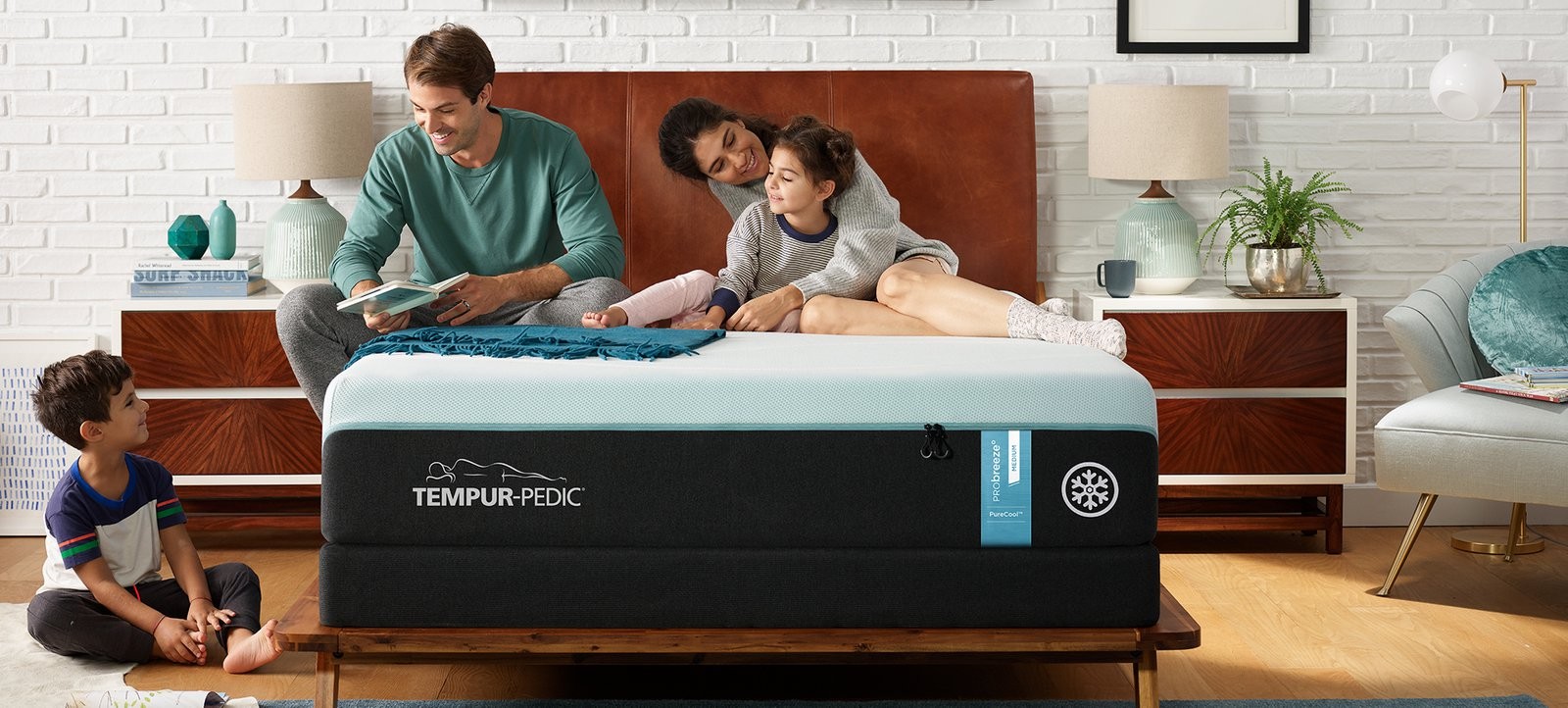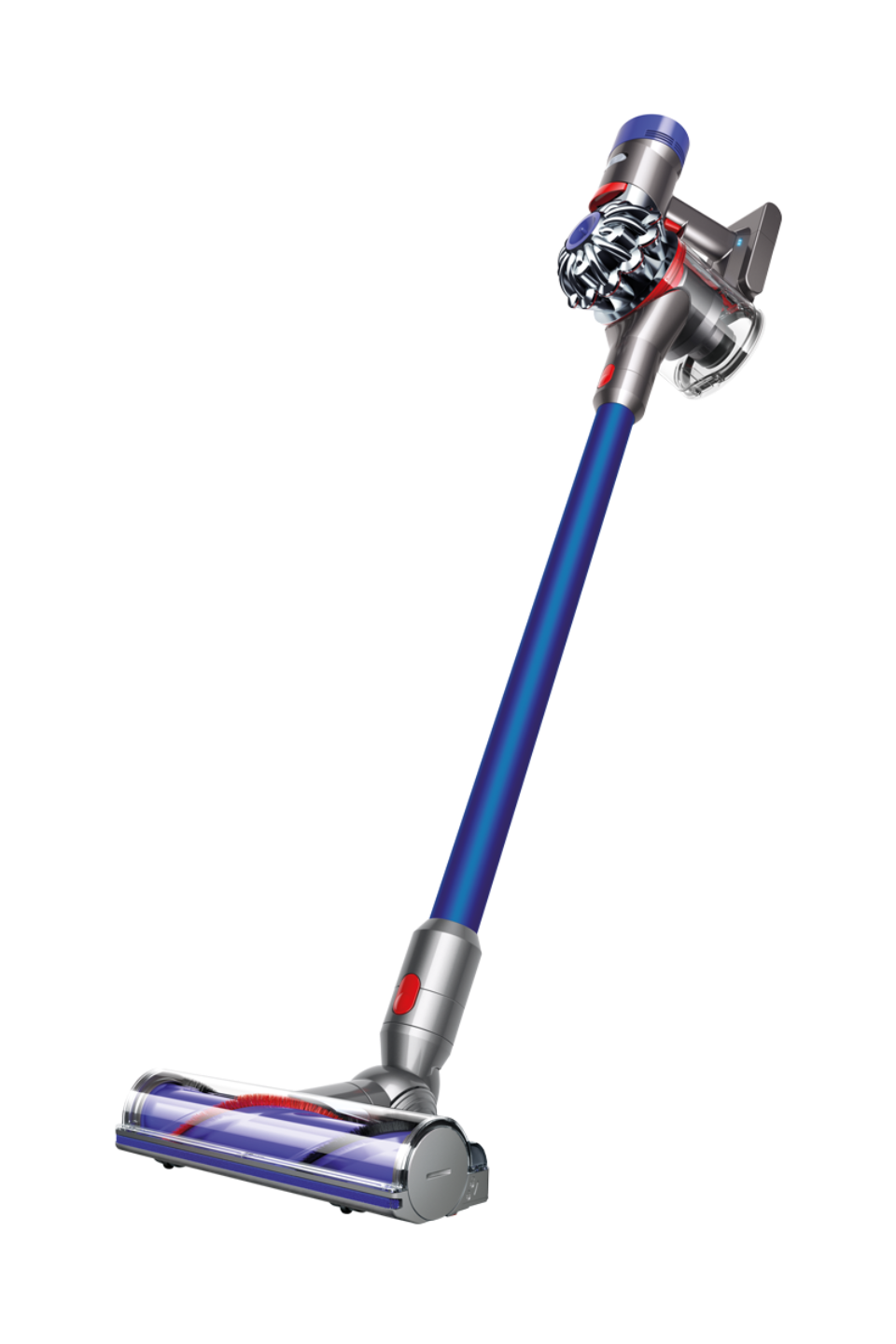Koolatron 6 Bottle Wine Cellar/Wine Cooler Tabletop Freestanding Wine Fridge for Red and White for Small Kitchen, Apartment, Condo
The silent, vibration-free thermoelectric cooling system and electronic touch-screen temperature controls take the guesswork out of storage and make it simple to keep your wines at the perfect temperature and ready for pouring.
The silent, vibration-free thermoelectric cooling system and electronic touch-screen temperature controls take the guesswork out of storage and make it simple to keep your wines at the perfect temperature and ready for pouring. Using a wine cooler can help preserve the optimal flavor and aroma of your favorite wines. The dark interior protects your wine from harmful UV light; sunlight can cause wine to age too quickly and deteriorate.
- Ensure your wine cooler is set up away from heat-producing appliances and out of direct sunlight
- Allow two inches of space between the unit’s side and the wall and four inches between the back of the unit and the wall to allow for air circulation
- For optimal flavor, experts recommend keeping red wine at 55-65°F (12-19°C), white wine at 48-54°F (9-12°C) and sparkling wine at 45-47°F (7-8°C)
Additional information
| Features | Removable |
|---|---|
| Manufacturer Part Number | WC06 |
| Model | WC06 |
| Assembled Product Weight | 17.24 lbs |
| Assembled Product Dimensions (L x W x H) | 10.00 x 20.00 x 14.25 Inches |






by Robert
A bit squat in size, 2 bottles wide and 3 bottles tall, but the “boss” liked it. Works great. I had read that it tends to make a low hum sound when it has reached set temp. I solved about 80% of the sound. Placed thin rubber washers on the screws that hold the fan in place and the noise is gone. It also slides very easily but some round rubber feet solved that problem.
by Jhami
This wine fridge is okay and does the job. It’s just a glorified mini fridge with a wine rack as I was expecting. The controls are easy to use so you can get the temp where you want it. It holds 6 bottles as advertised but the bottles do kind of need to be a specific size (no overly large bottles). We keep some bottles in there all the time for a special occasion and others we put in there 24 hours or less before we will be drinking them
by Wone
We love it. But it does have a bit of a buzz sound when the house is quiet.
by Deborah
just the perfect size for the space. We bought 2 for the bottom of the server in our dining room. these are replacements. Had others about 7 years, the fans went.
by Paul
Works well. Fits small space on counter.
by Cecilia
I’m replacing my old one with this 6 bottle wine cooler, my old one thermostat gave up. I didn’t have much choices for a 6 bottle Wine Cooler, this is pretty much what’s available out there. Is exactly like my old one, love the look on my counter top. Hopefully will last like my old one about 6 years.